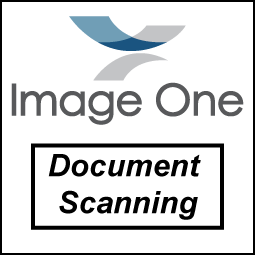Microfilm Scanning Trends & Best Practices
Saturday, July 1, 2017“The reports of my death are greatly exaggerated,” said Mark Twain.
If it had a voice, microfilm may say the same thing.
We’re still finding a lot of microfilm out there. While microfilm in good condition that is easy to scan appears to have been widely scanned, we’re finding some very challenging film.
Buyer Beware
Though there aren’t a lot of companies that scan microfilm, it seems the ones that are left offer some very low prices.
The problem: poor quality microfilm needs greater care in processing that only comes from a high-quality process performed by experienced people. Beware of quotes that sound to good to be true, because they are. Here’s why.
Microfilm Scanning Best Practices
To properly scan microfilm, you first need microfilm scanning equipment that is well-maintained. Considering that much of the microfilm out there has been exposed to light, has been damaged by humidity or flooding or is otherwise in poor condition, one must take great care when scanning it so no further damage is done to the film.
The resulting images then need to be evaluated for image quality so the documents on them are legible. Image processing that includes auto cropping, de-skew, de-speckle, and background removal can all increase legibility. But how do you know for sure? It’s imperative that each image be viewed by quality control personnel.
Ensuring Fast Future Retrieval
Once scanned and digitized, do you want to find documents from microfilm at some point in the future? If so, two processing steps are critical:
- Optical Character Recognition (OCR): enables full-text search of machine print; “zonal OCR” can also extract machine print from pre-defined portions of documents if you don’t want to run OCR over the whole document
- Indexing: while some indexing can be automated (e.g. OCR and creation of file names as documents are scanned), you may want to add meta data to some or all documents to aid their future retrieval
Finding the Right Partner
In order to ensure that microfilm is carefully performed, that documents are legible and that they can be quickly found later, it’s important to work with a company that is experienced with microfilm scanning and can help you determine which options work best for you – sometimes quality trade-offs need to be made to meet your budget. Finding a microfilm scanning provider that is willing to scan a portion of your film to determine the right process for you is a good way to start.
Contact us to learn more about microfilm scanning or for a quote on your project



